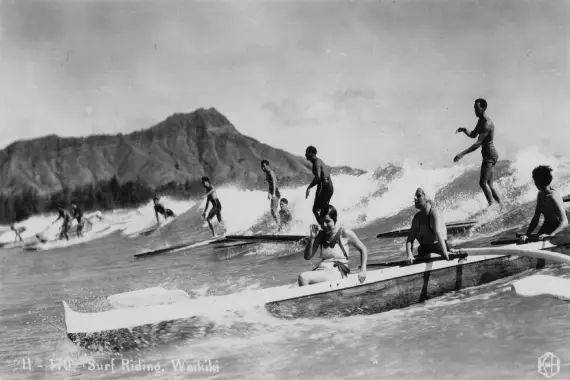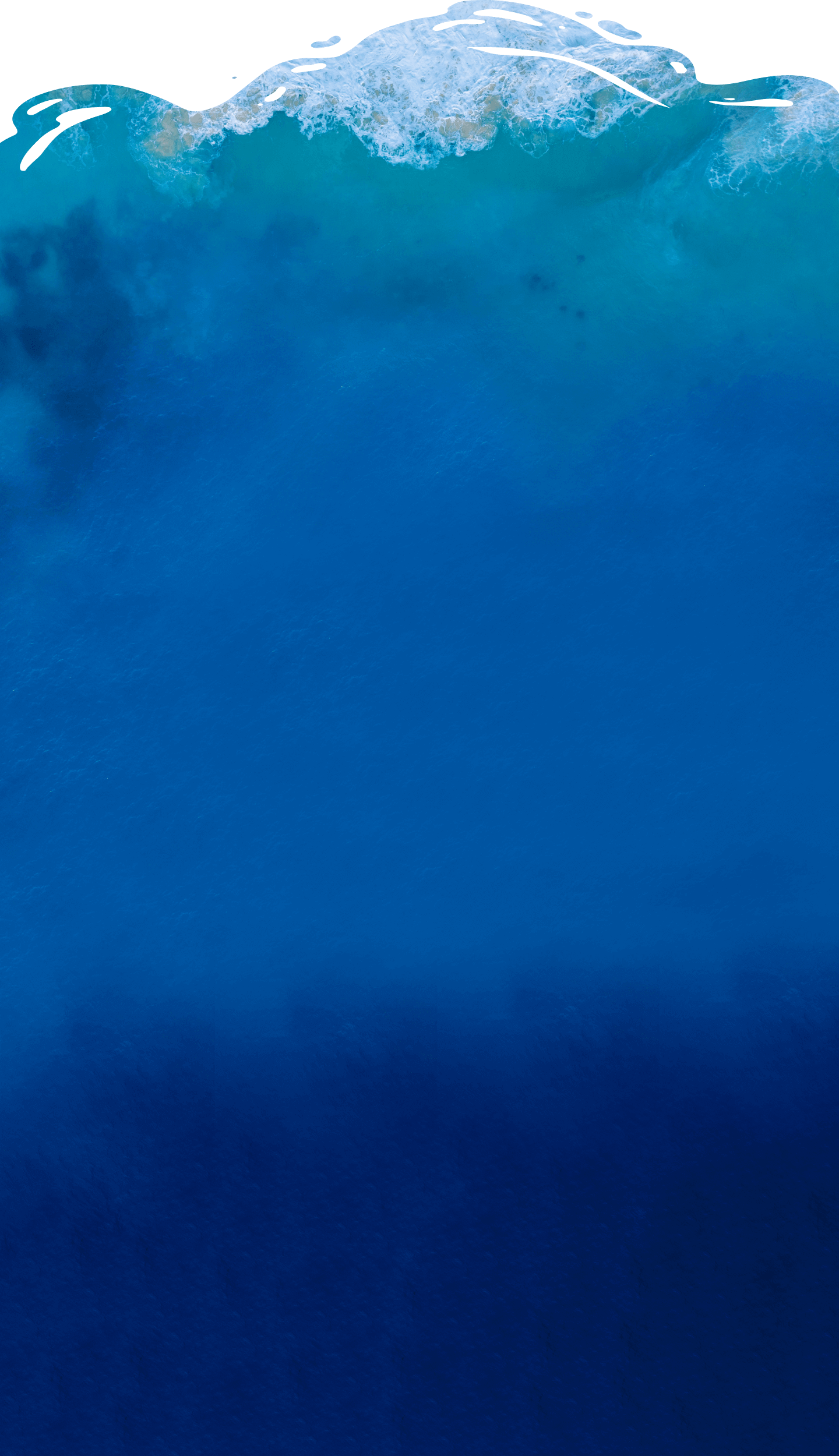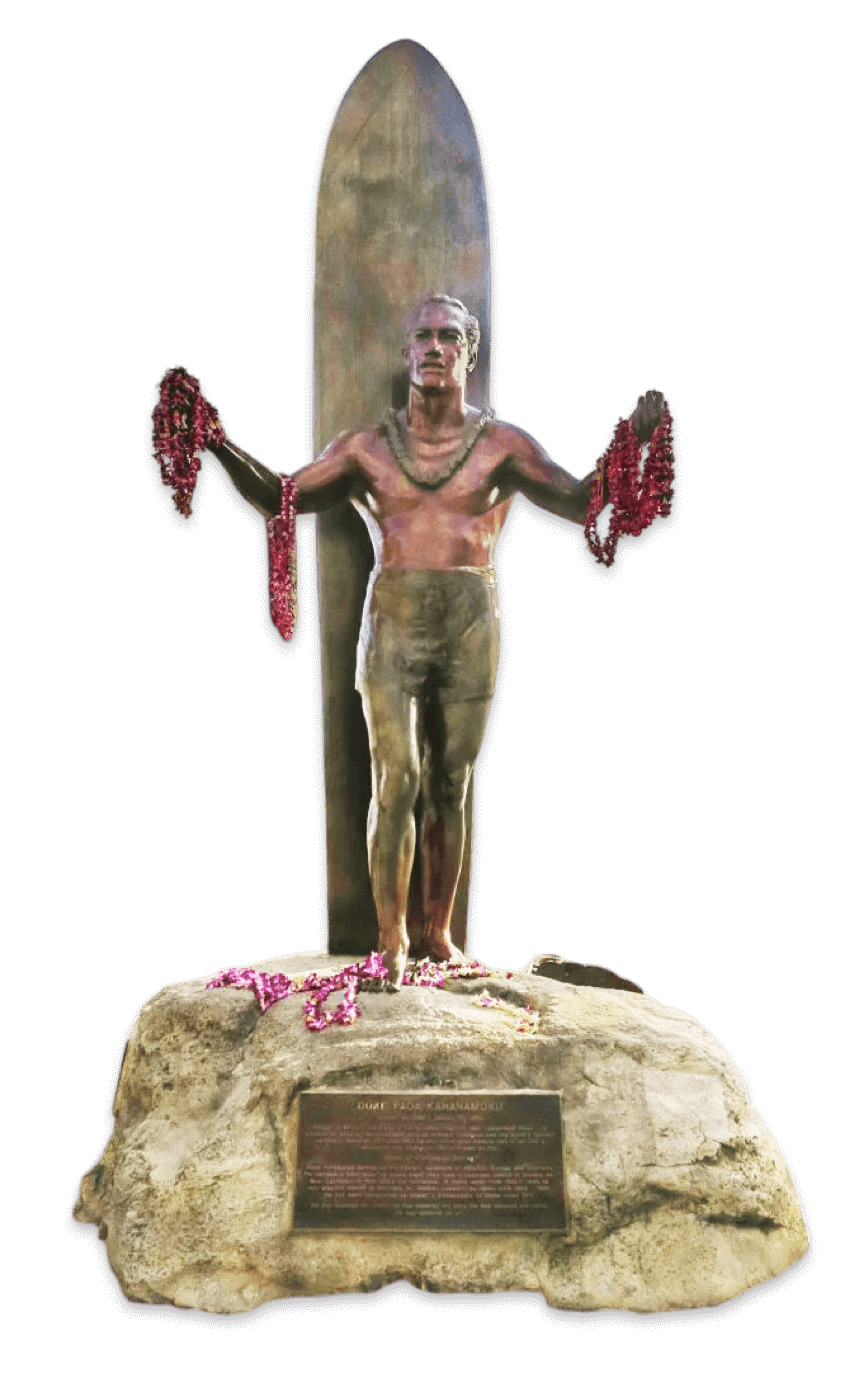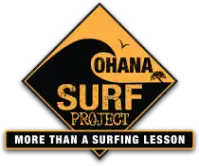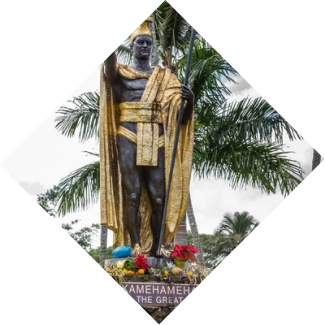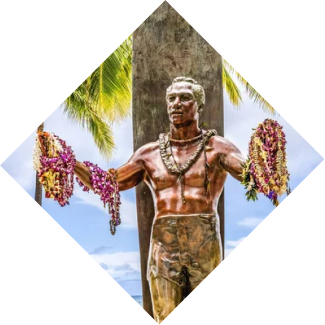Surfing was an integral part of ancient Hawaiian culture. The connection between the people and the ocean was profoundly spiritual, with rituals and ceremonies often accompanying surfing activities. Surfing wasn’t just a sport. It was a reflection of Hawaiian values, traditions, and respect for the natural world. It was believed that the ocean, or "moana," was alive, and surfers communicated with the sea through their skill, humility, and reverence.
- Leadership and Skill: Chiefs demonstrated their prowess through surfing. The ability to surf well was not only seen as a sign of strength but also leadership and wisdom. Chiefs, or ali'i, were expected to excel in many areas, including surfing, which symbolized their connection to the gods and the natural world. Their ability to ride the waves was a demonstration of their power and influence, inspiring others and solidifying their status within the community.
- Makahiki Season: The Makahiki season was a time of peace and celebration, marked by religious festivals and surfing competitions. During this time, traditional warfare was suspended, and the focus shifted to honoring the gods, especially Lono, the god of fertility, agriculture, and peace. Surfing competitions were held to celebrate the season, with chiefs and commoners alike participating. These events were not only a display of skill but also a form of spiritual offering as surfers sought to demonstrate their harmony with nature and the divine. The Makahiki season helped reinforce the importance of surfing in Hawaiian culture, blending sport, spirituality, and social unity.
